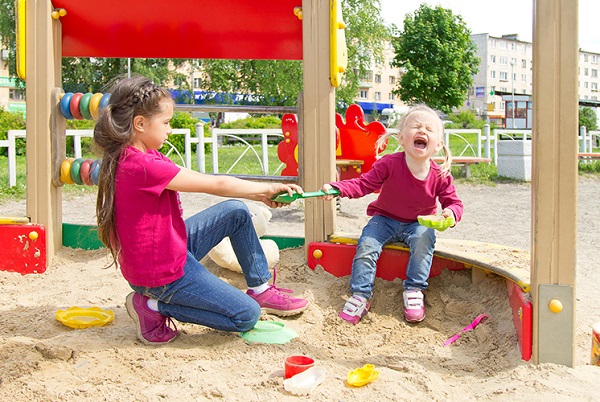Behavior Has Meaning
Explore the importance of understanding that all behavior is a form of communication and has meaning. Discover ways to interpret children's behaviors and support their social and emotional development.
 These resources can help program staff use evidence-based strategies to prevent, address, and respond to a child’s repeated pattern of behavior that interferes with (or is at risk of interfering with) their optimal learning or their engagement in positive interactions with peers or adults.
These resources can help program staff use evidence-based strategies to prevent, address, and respond to a child’s repeated pattern of behavior that interferes with (or is at risk of interfering with) their optimal learning or their engagement in positive interactions with peers or adults.
Explore the importance of understanding that all behavior is a form of communication and has meaning. Discover ways to interpret children's behaviors and support their social and emotional development.
Explore ways early childhood staff can partner with families to understand and respond to children's behavior as communication. Find strategies for working with families of children ages birth to 5.
Consider these strategies that help children learn socialization skills and develop safe behaviors on the bus.
Children communicate so much through their behavior. Teachers and caregivers will find this article useful in identifying strategies for working with dual language learners exhibiting challenging behaviors.
Biting is a common but upsetting behavior of toddlers. It is important for parents to address biting when it occurs. This fact sheet provides tips for parents and program staff on how to better understand issues around biting.
This webinar discusses challenging behaviors and how the environment can impact behavior. Learn strategies to better identify triggers and how to help children manage their emotions.
Learn ways to redirect a child’s challenging behavior before it escalates.